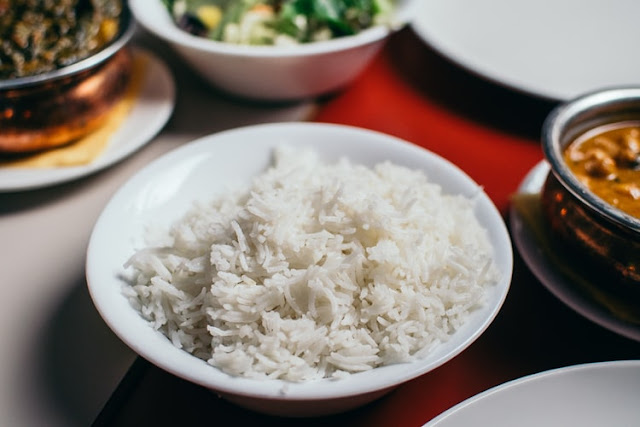Global Rice Market: Export Opportunity Analysis
Global Rice Market Forecast
Revenue in the rice segment amounts to US$331,298m in 2020. The market is expected to grow annually by 4.6% (CAGR 2020-2023), with an estimated revenue growth rate of 6.4% in 2021.
The per capita consumption rate in the global rice market is estimated to be 46.4 kg in 2020. The average price per unit in the global rice market is US$1.0 in 2020.
Regional Analysis
The country with the highest revenue is India, with US$57,146m in 2020. The revenue growth rate is expected to be 7.4% in 2021 and the volume is expected to amount to 112360.5 mkg by 2023. The average revenue per capita is US$41.41 and the average volume per person is 77.8 kg. The average price per unit in India is US$ 0.
The second highest revenue in the world is China, with US$55,56m in revenue. The revenue growth rate is expected to be 3.4% in 2021 and the revenue per capita amounts to US$38.4. The volume of rice in China is 51,000 mkg and is expected to reach 51,202.6 mkg in 2023. The average volume per capita is 35.2 kg and the average price per unit is $1.09
Export/Import Analysis
The leading importer of rice is China, with US$1.6 billion in rice imports in 2018, followed by Iran with US$1.21 billion and Saudia Arabia with US$1.2 billion. China has 6.5% of total rice imports, followed by Iran and Saudia Arabia with 4.9% of total rice imports. The top 10 countries purchased 39.5% of all rice imported during 2018.
Among the top 10 importers, the fastest growing market since 2014 were: Indonesia (up 167.2%), Philippines (up 65.1%), Ivory Coast (up 57.5%) and Iraq (up 48.3%). The countries with the highest decline in rice imports since 2014 were: Saudi Arabia (down -32.3%), United Arab Emirates (down -16.2%) and Iran (down -15.5%).
The leading exporters of rice were India with US$7.4 billion in 2018, followed by Thailand with US$5.6 billion and Vietnam with US$2.2 billion. India has 30.1% of the total rice exports in 2018, followed by Thailand with 22.7% and Vietnam with 9%. The top 10 countries shipped 88% of global rice exports in 2018.
Among the top 10 exporters, the fastest growing markets since 2014 were: China (up 134.6%) and Cambodia (up 62.1%). Those countries that posted declines in their exported rice sales were led by: Vietnam (down -24.9%) and United States (down -15.3%).
Trend Analysis
Rice has traditionally been a staple in several cultures, most notably in Asian and Middle Eastern diets. As COVID-19 continues to affect the world, essential food items are experiencing an increase in demand. Rice, due to its long shelf life and position in many cultural diets, has experienced this increase in demand, as many households worldwide have started buying rice in bulk.
While the demand for essential food is increasing, logistics has begun to affect the trade of goods worldwide. With a decrease in air traffic and capacity limitations in ports, many companies are experiencing difficulty in trading their goods. This has resulted in a decrease of supply, which will increase the price to consumers. The question of how producers can satisfy demand with increased barriers of entry, presented by COVID-19, is the current dilemma companies are trying to solve.
United States Market Analysis
The United States rice market is ranked 12th in the world with revenue that amounts to US$6,659m in 2020. The market is expected to grow annually by 0.6% (CAGR 2020-2023). The average revenue per capita is US$20.12 and the consumption rate per capita is 12.7 kg. The volume of the rice segment is expected to reach 4,300.1 mkg by 2023.
Foreign Exchange Rates
Due to uncertainty in the global markets, the US Dollar is projected to maintain its strength as a safe haven in the near term. As a result, exports to the United States should remain strong, especially for products that come from countries with favorable exchange rates.
About us
Global Marketing Associates has been helping food and beverage companies expand globally for over 15 years. Contact us for a free consultation to learn more about how we can help your company grow export sales.
Email: bthomas@globalmarketing1.com
Main Website: www.globalmarketing1.com
Food Export Market: www.foodexportmarket.com
Source: Statista, World's Top Export
Email: bthomas@globalmarketing1.com
Main Website: www.globalmarketing1.com
Food Export Market: www.foodexportmarket.com
Source: Statista, World's Top Export



Comments
Post a Comment